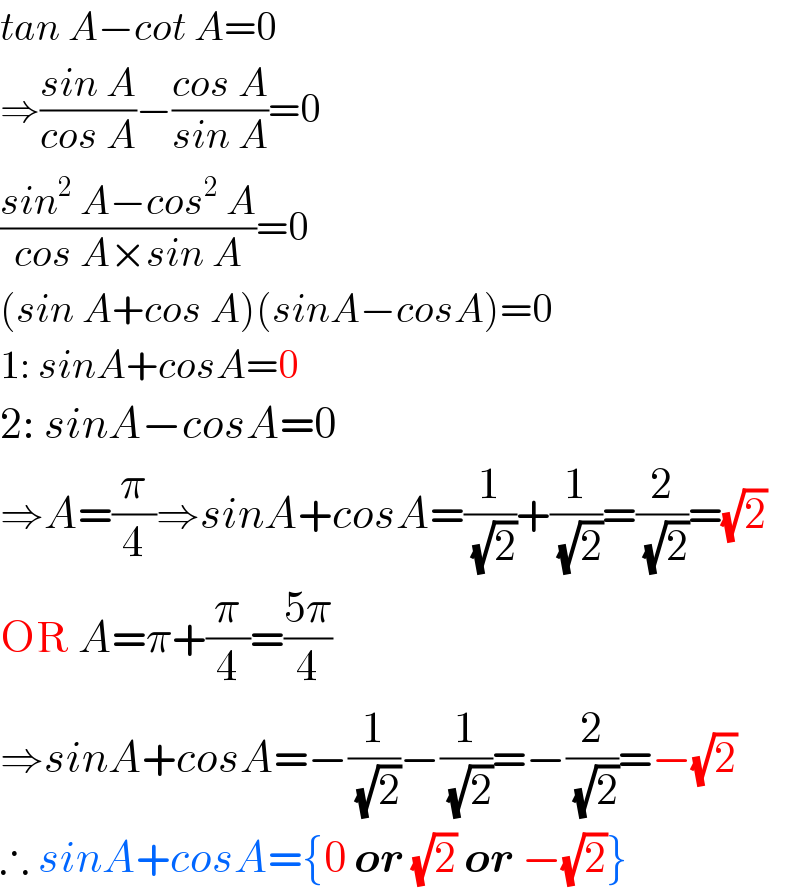Question Number 60269 by Askash last updated on 19/May/19

Commented by mr W last updated on 19/May/19

Commented by Askash last updated on 19/May/19

Commented by mr W last updated on 19/May/19
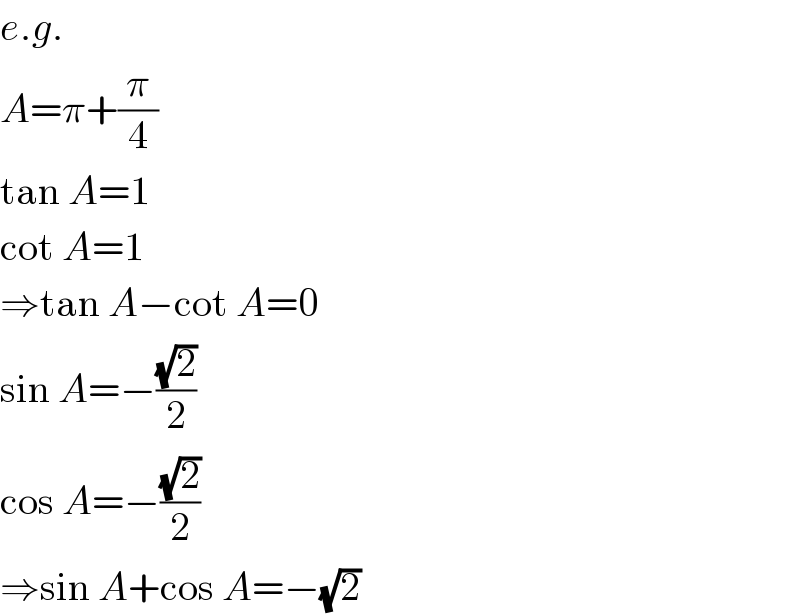
Answered by Kunal12588 last updated on 19/May/19
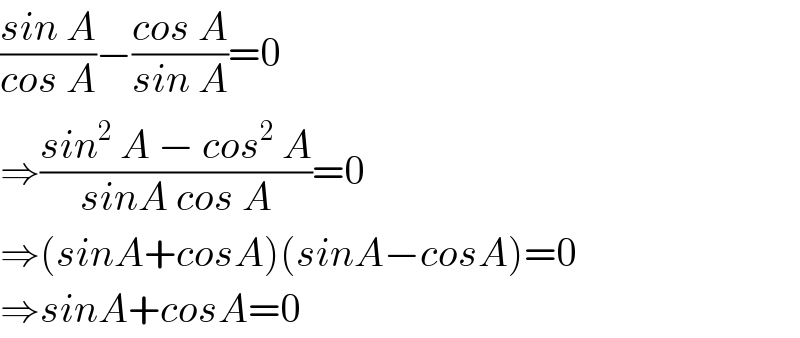
Commented by Askash last updated on 19/May/19
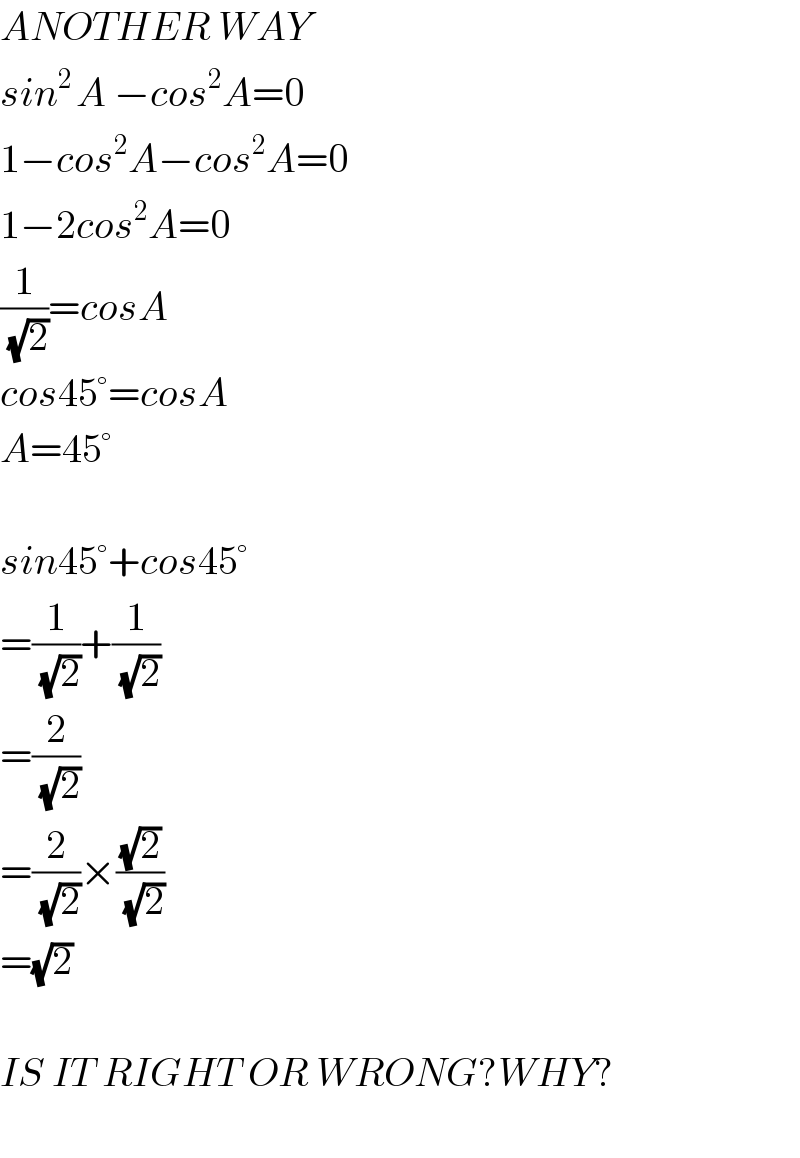
Commented by Kunal12588 last updated on 19/May/19
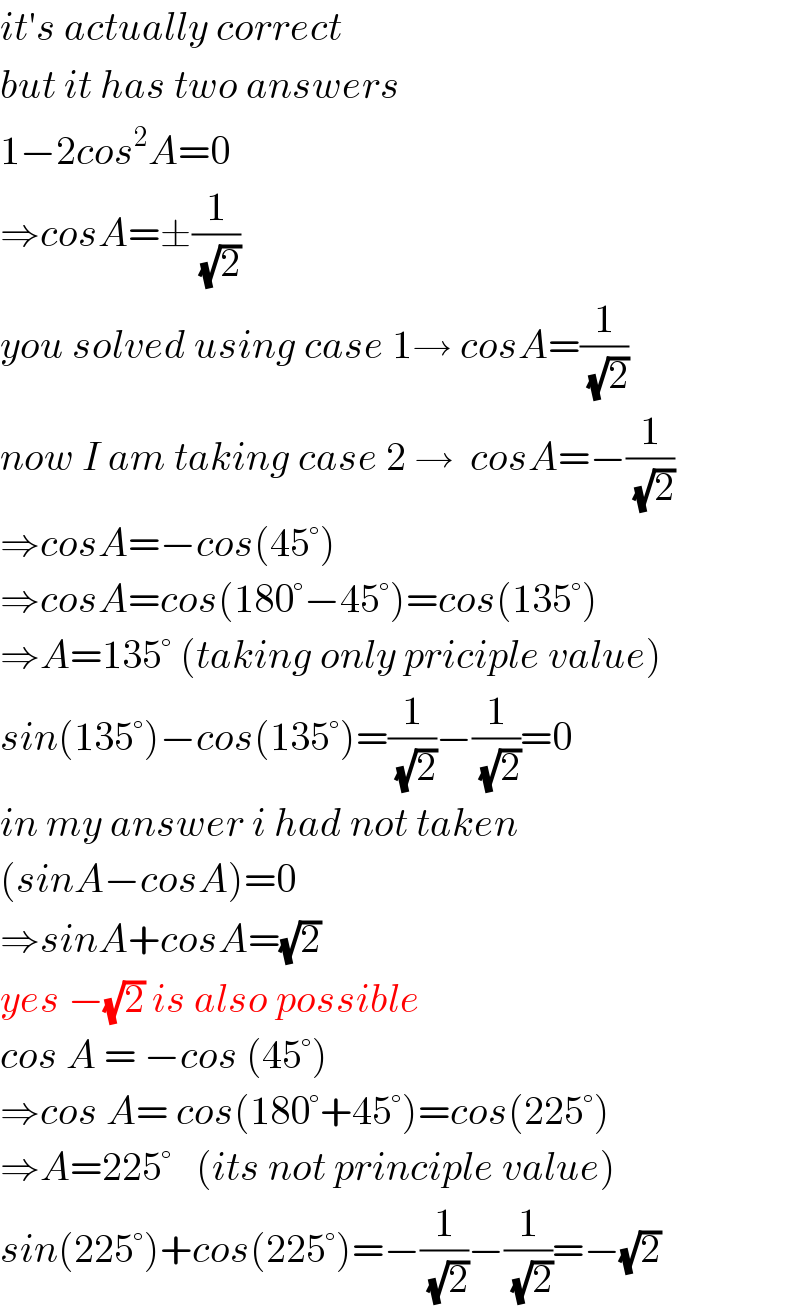
Commented by mr W last updated on 19/May/19

Commented by Kunal12588 last updated on 19/May/19

Answered by ajfour last updated on 19/May/19

Commented by Kunal12588 last updated on 19/May/19

Commented by Askash last updated on 20/May/19

Answered by malwaan last updated on 22/May/19
